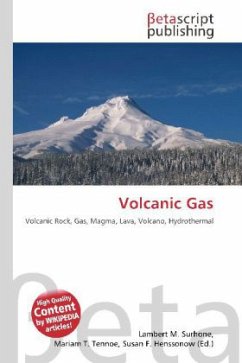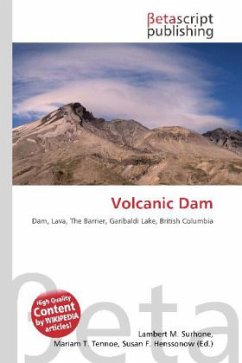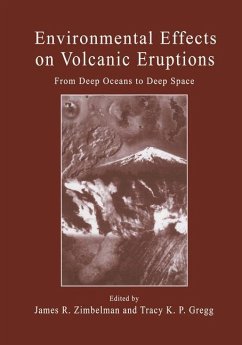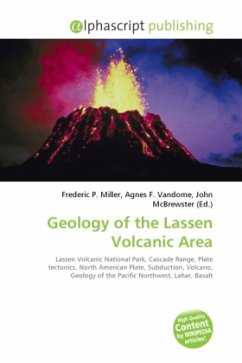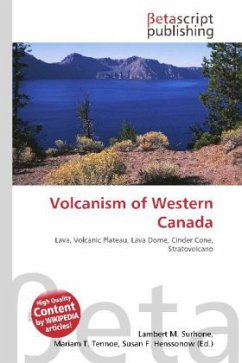
Volcanic Bomb
Versandkostenfrei!
Versandfertig in 6-10 Tagen
23,99 €
inkl. MwSt.

PAYBACK Punkte
12 °P sammeln!
Please note that the content of this book primarily consists of articles available from Wikipedia or other free sources online. A volcanic bomb is a mass of molten rock (tephra) larger than 65 mm (2.5 inches) in diameter, formed when a volcano ejects viscous fragments of lava during an eruption. They cool into solid fragments before they reach the ground. Because volcanic bombs cool after they leave the volcano, they do not have grains making them extrusive igneous rocks. Volcanic bombs can be thrown many kilometres from an erupting vent, and often acquire aerodynamic shapes during their fligh...
Please note that the content of this book primarily consists of articles available from Wikipedia or other free sources online. A volcanic bomb is a mass of molten rock (tephra) larger than 65 mm (2.5 inches) in diameter, formed when a volcano ejects viscous fragments of lava during an eruption. They cool into solid fragments before they reach the ground. Because volcanic bombs cool after they leave the volcano, they do not have grains making them extrusive igneous rocks. Volcanic bombs can be thrown many kilometres from an erupting vent, and often acquire aerodynamic shapes during their flight. Bombs can be extremely large; the 1935 eruption of Mount Asama in Japan expelled bombs measuring 5-6 m in diameter up to 600 m from the vent. Volcanic bombs are a significant volcanic hazard, and can cause severe injuries and death to people in an eruption zone. One such incident occurred at Galeras volcano in Colombia in 1993; six people near the summit were killed and several seriously injured by lava bombs when the volcano erupted unexpectedly.



